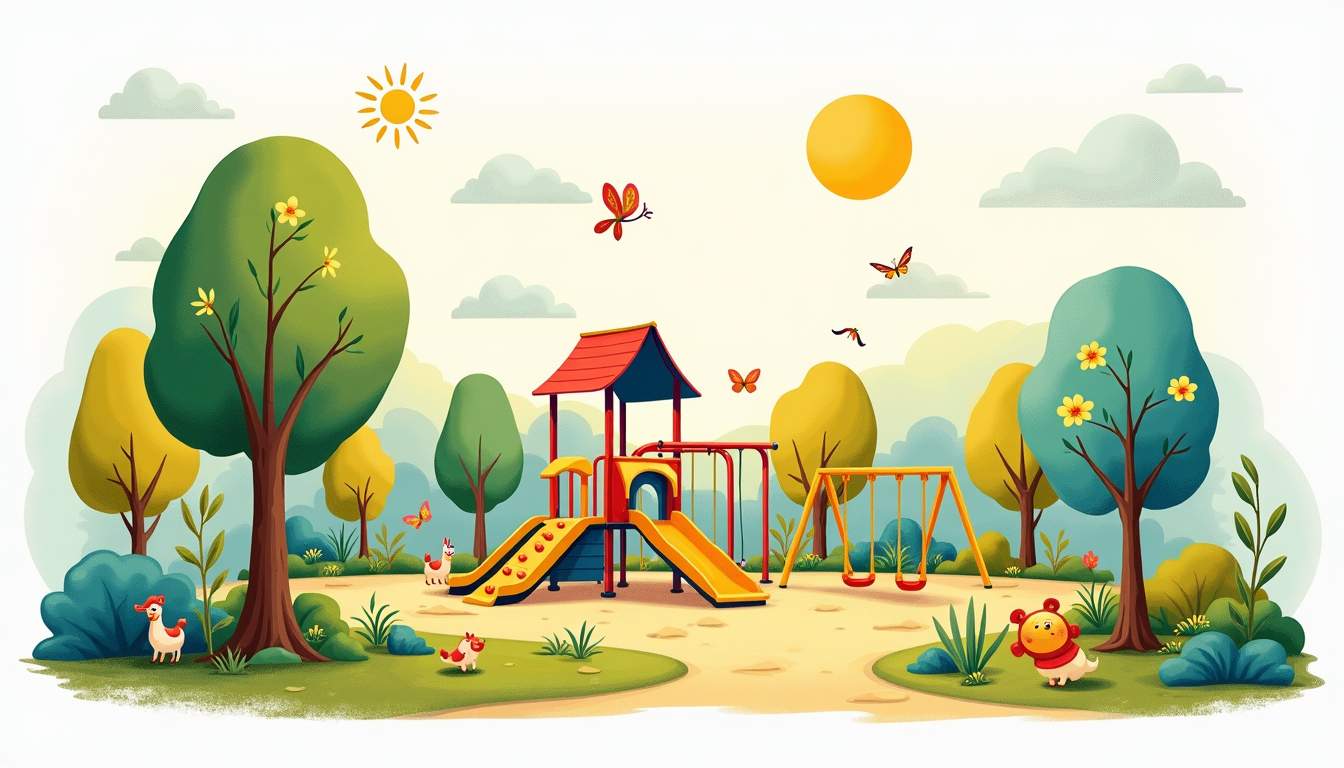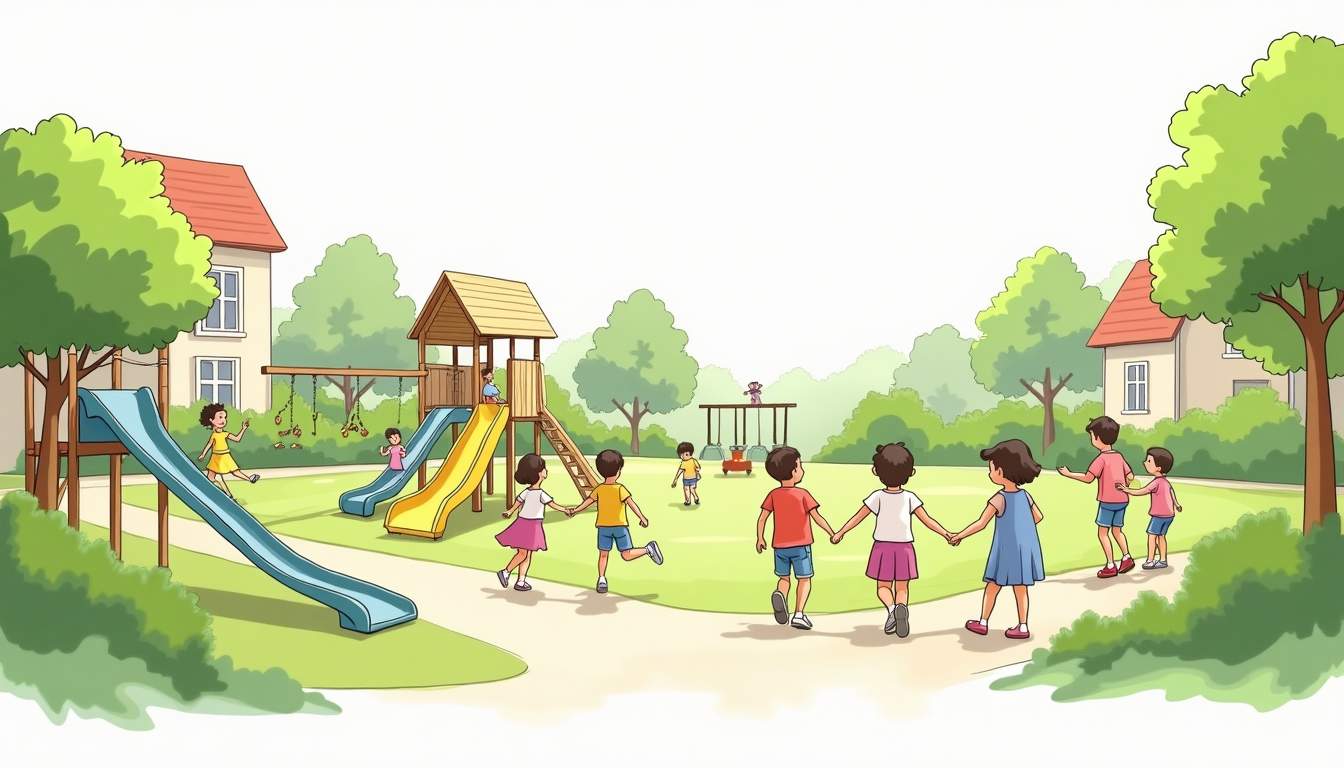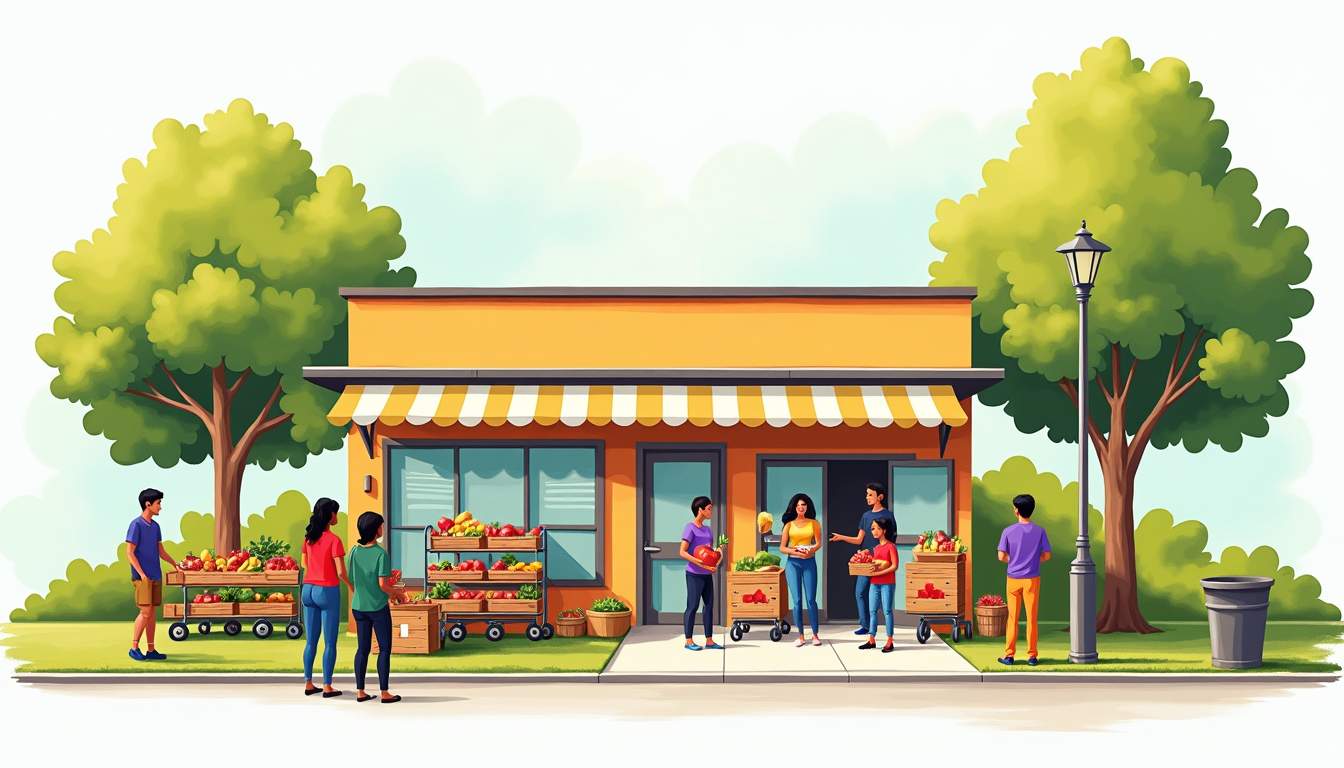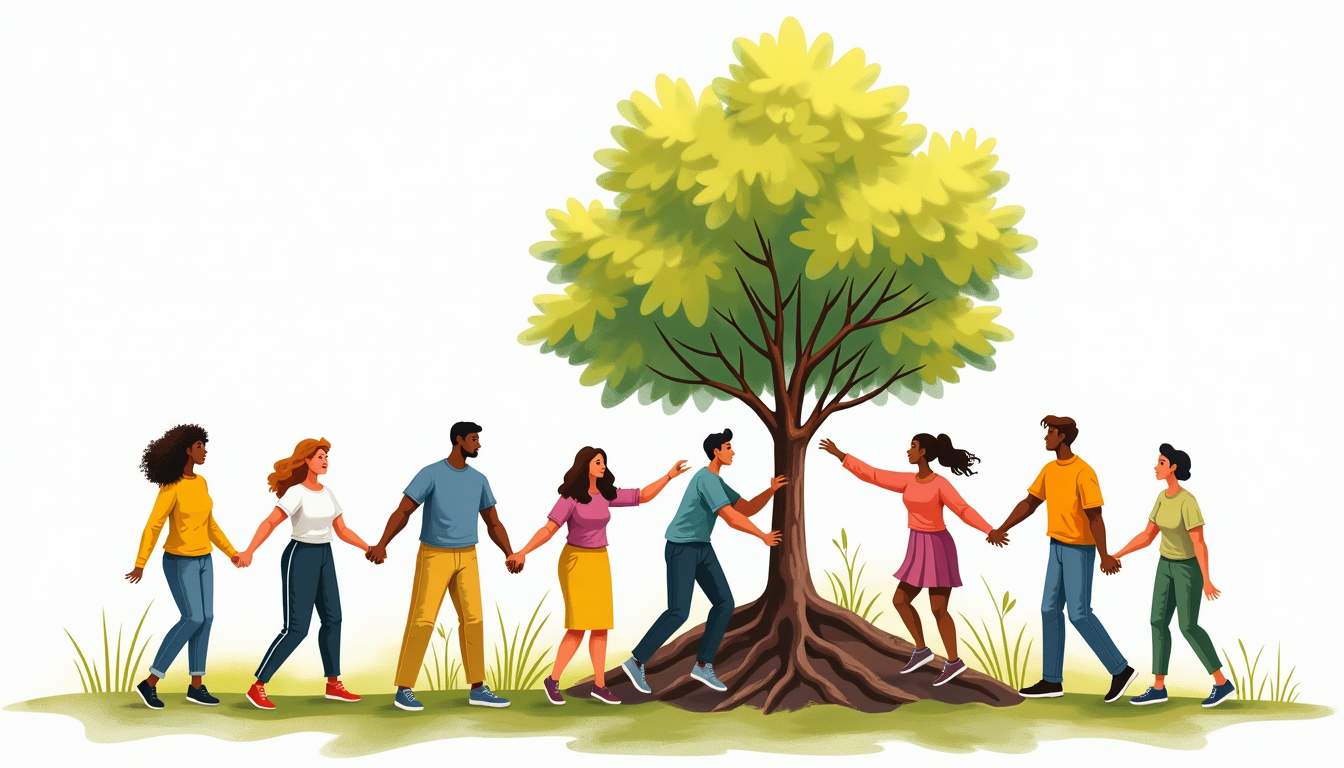
Raising children is a team sport. When neighbors, schools, parks, businesses, and policymakers lean in together, childhood becomes safer, richer, and more joyful. This article lays out the pillars that make a single community capable of supporting healthy, engaged, and resilient kids — and shows how ordinary people can help build that kind of place.
Where children play, walk, and learn matters. A neighborhood designed with kids in mind prioritizes safe streets, accessible green spaces, and mixed-use areas that keep daily needs within walking or biking distance. These design choices make independent play and social interaction easier for children and reduce stress for families.
Traffic calming measures — narrowed lanes, raised crosswalks, speed bumps, and well-marked school zones — make streets safer for everyone. Sidewalk continuity, curb ramps, and wide crossings allow strollers and wheelchairs to coexist comfortably with foot traffic, ensuring older adults and parents with infants can move safely too.
Small green spaces tucked into blocks act as neighborhood living rooms for kids. Pocket parks and temporary "play streets" (where a residential street is closed to cars at certain hours) provide safe places for play within eyesight of homes. These areas also foster spontaneous playgroups, allowing kids to form friendships naturally without long commutes.
Incorporating age-appropriate playground equipment and natural elements like trees, rocks, and sand encourages exploration and physical development. Community gardens adjacent to play areas can teach children about nature and healthy eating, while also offering opportunities for intergenerational interaction as neighbors collaborate on tending plants.
Locating schools and licensed childcare near residential areas reduces commute times, makes drop-offs less stressful, and encourages walking or biking to school. When schools serve as community hubs — offering after-school programs, weekend activities, and parent workshops — they multiply the benefits for families and reinforce social ties.
Furthermore, integrating safe routes to school with clear signage, pedestrian signals, and crossing guards enhances children’s safety while promoting active transportation habits from an early age. Coordinating with community organizations to provide diverse extracurricular options within school premises enriches the children's learning environment, making the neighborhood a dynamic and supportive space for growing families.
Good health care, emergency services, and public safety infrastructure provide essential peace of mind for parents. A community that invests in accessible pediatric care, mental health resources for youth, and proactive public health programs helps children thrive physically and emotionally.
Safe neighborhoods also depend on well-maintained lighting, predictable policing that builds community trust, and programs focused on violence prevention. When families feel secure walking to school or visiting local parks, children's opportunities for play and social development increase dramatically.
Access to pediatricians, vaccination clinics, dental care, and developmental screenings ensures early detection of health concerns. Equally important are mental health resources: school counselors, community-based therapists, and peer-support programs that tackle anxiety, depression, and traumatic stress before problems escalate.
Every community benefits from clear emergency plans that include protocols for schools and childcare centers. Regular drills, multilingual communication channels, and community briefings help families know what to do in storms, power outages, or other crises, reducing panic and protecting children.
Education is more than academic instruction — it shapes social skills, creativity, and emotional intelligence. A community committed to high-quality, inclusive education invests in early childhood programs, gifted and special education resources, and a curriculum that values arts, physical activity, and hands-on learning.
Partnerships between schools and local organizations expand learning opportunities beyond classroom walls. Libraries, science centers, farms, and local businesses can offer mentorships, internships, and experiential learning that connects schoolwork to real life.
High-quality preschool and pre-K programs prepare children for school with language-rich environments, social skills practice, and constructive play. Subsidized or sliding-scale fee structures ensure access for families across income levels, making early learning an equitable foundation for all kids.
After-school programs reduce learning loss and provide safe environments during hours when parents may still be working. Enrichment activities like music, sports, robotics, and drama diversify children's experiences and help identify strengths and passions early on.
Free time to explore, invent games, and get physically active is crucial to childhood. Parks and recreation departments that offer varied play experiences — from nature trails and climbing structures to open fields and splash pads — support physical health and imagination.

Unstructured play is undervalued in many places, yet it builds problem-solving skills, resilience, and social negotiation. Communities that protect time and space for kids to play without constant adult direction create fertile ground for independent thinking and confidence.
Play spaces designed for children of all abilities encourage mixed-age and mixed-ability play, teaching empathy and cooperation. Ramps, sensory zones, and adaptive swings allow children with disabilities to participate fully, while quiet corners and varied textures support neurodiverse needs.
Access to urban gardens, streams, and wooded patches provides hands-on science education and fosters stewardship of the environment. Regular outdoor learning — whether in school curriculums or community programs — connects kids to the natural world and improves attention, mood, and physical fitness.
Reliable access to nutritious food, diaper supplies, and parenting resources is a basic necessity that affects learning and growth. Community food programs, school meal initiatives, and family resource centers reduce stress and support healthy development.

Programs that distribute formula, diapers, and hygiene products, or that provide home visiting for new parents, create a safety net during the most demanding early years. When families have basic needs met, energy can be devoted to bonding, learning, and recreation.
Robust school meal programs that include breakfast and weekend backpack initiatives help prevent food insecurity from disrupting learning. Nutrition education and cooking classes for families can amplify the impact, teaching how to prepare affordable, healthy meals.
Parent workshops on sleep, discipline, and developmental milestones reduce isolation and build skills. Peer support groups for new parents or caregivers provide social connection and practical tips, normalizing challenges and sharing solutions.
Loneliness and isolation are as significant for families as they are for seniors. Communities that cultivate social connections — through neighborhood events, parent-child classes, and multigenerational programs — create support systems that lighten the load and enrich children's social worlds.
Intentional community-building helps newcomers integrate, celebrates cultural diversity, and encourages neighbors to look out for one another. These social fabrics make it more likely that someone will step in if a family needs help or that children will have multiple trusted adults in their lives.
Seasonal festivals, block parties, and story hours at the library foster relationships among families. Traditions like neighborhood clean-ups or community garden days create shared purpose and a sense of belonging that benefits children and adults alike.
Programs that match youth with mentors expand horizons and provide consistent adult support beyond the family unit. Volunteer opportunities designed for families — park restoration, food drives, library reading programs — build civic engagement and model generosity.
Raising happy kids is easier when caregivers have stable employment, predictable schedules, and access to affordable housing. Communities that champion family-friendly workplace policies, living wages, and childcare subsidies directly improve children's day-to-day experiences.
Flexible scheduling, paid family leave, and employer-supported childcare programs reduce stress and allow caregivers to be more present. When communities advocate for these policies, they create environments where families can thrive rather than merely survive.
Adequate housing near schools and services reduces commute times and strengthens neighborhood ties. Reliable public transportation that is stroller-friendly and affordable opens up opportunities for after-school programs and cultural outings that would otherwise be inaccessible.
Supporting small businesses that offer family-friendly hours and services — child-focused cafes, health clinics, and flexible workspace — helps build a local economy aligned with family life. Economic development that considers childcare deserts and employment training can transform prospects for whole neighborhoods.
Transformative community design doesn't require starting from scratch. Residents can begin by joining school councils, volunteering at parks, or organizing block-level play days. Small, sustained efforts from neighbors accumulate into a network of supports that raises children well.
Advocacy at city council meetings for traffic calming, park funding, and inclusive playgrounds makes a measurable difference. Collaborating with local nonprofits, faith groups, and businesses amplifies impact and fast-tracks progress toward a child-friendly community.
Start a walking school bus, volunteer at after-school programs, or host book swaps to increase resources and connections. Form a neighborhood safety committee to identify hazardous intersections and petition for crosswalks. These grassroots actions are often the spark for larger municipal changes.
Use simple indicators to track improvements: reduced traffic accidents, increased park usage, better school attendance, and fewer food-insecure households. Sharing progress publicly keeps momentum and helps prioritize the next steps.
A community that intentionally coordinates design, health services, education, recreation, and economic supports creates an environment where kids can grow into healthy, curious, and compassionate adults. The benefits extend beyond childhood: safer streets, stronger local economies, and deeper civic ties pay dividends for every resident.

Raising happy kids is not the job of individual families alone. It is a shared project that flourishes when neighbors, professionals, and leaders collaborate. Through thoughtful planning and persistent grassroots effort, a single community can provide everything children need to thrive.
At Tennessee National, we understand that raising happy kids starts with a supportive, safe, and enriching environment. Our premier gated community offers the perfect blend of luxury and family-friendly amenities—from scenic nature trails and social clubs to top-tier recreational options like a Greg Norman Signature Golf Course and private marina. Explore homes tailored to your lifestyle and join a vibrant community where lasting memories are made. Schedule a private tour today and see how Tennessee National can be the foundation for your family’s happiness and growth.